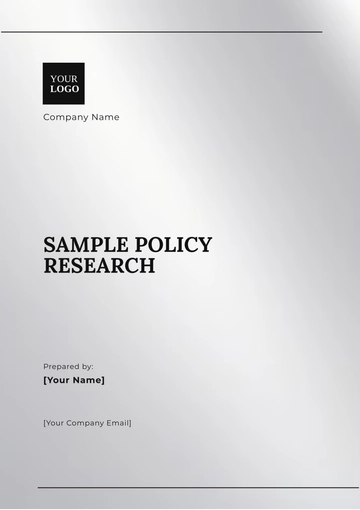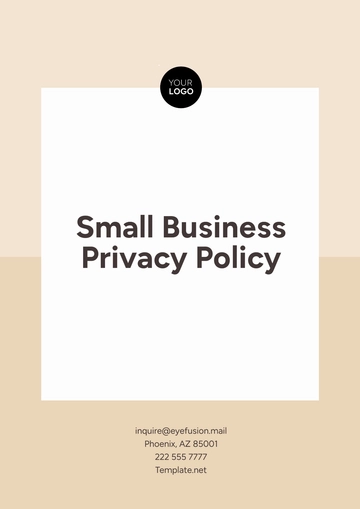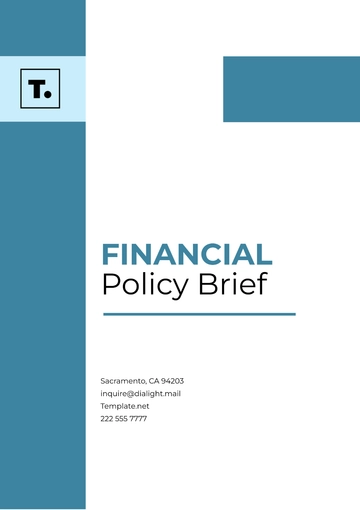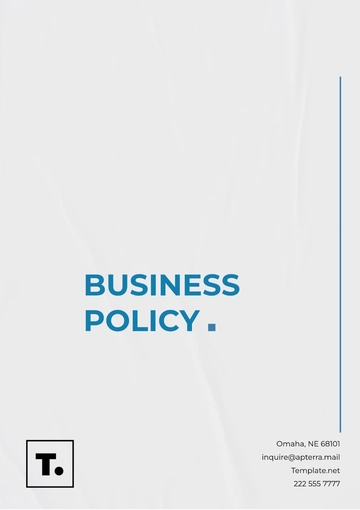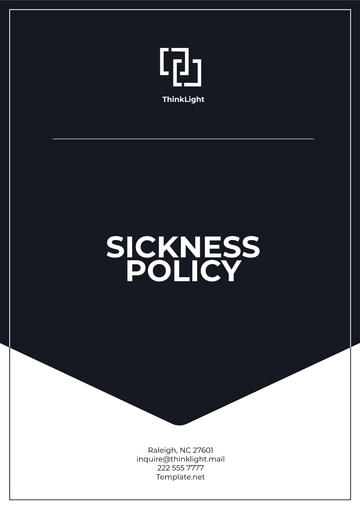Free Salon Dress Code Policy
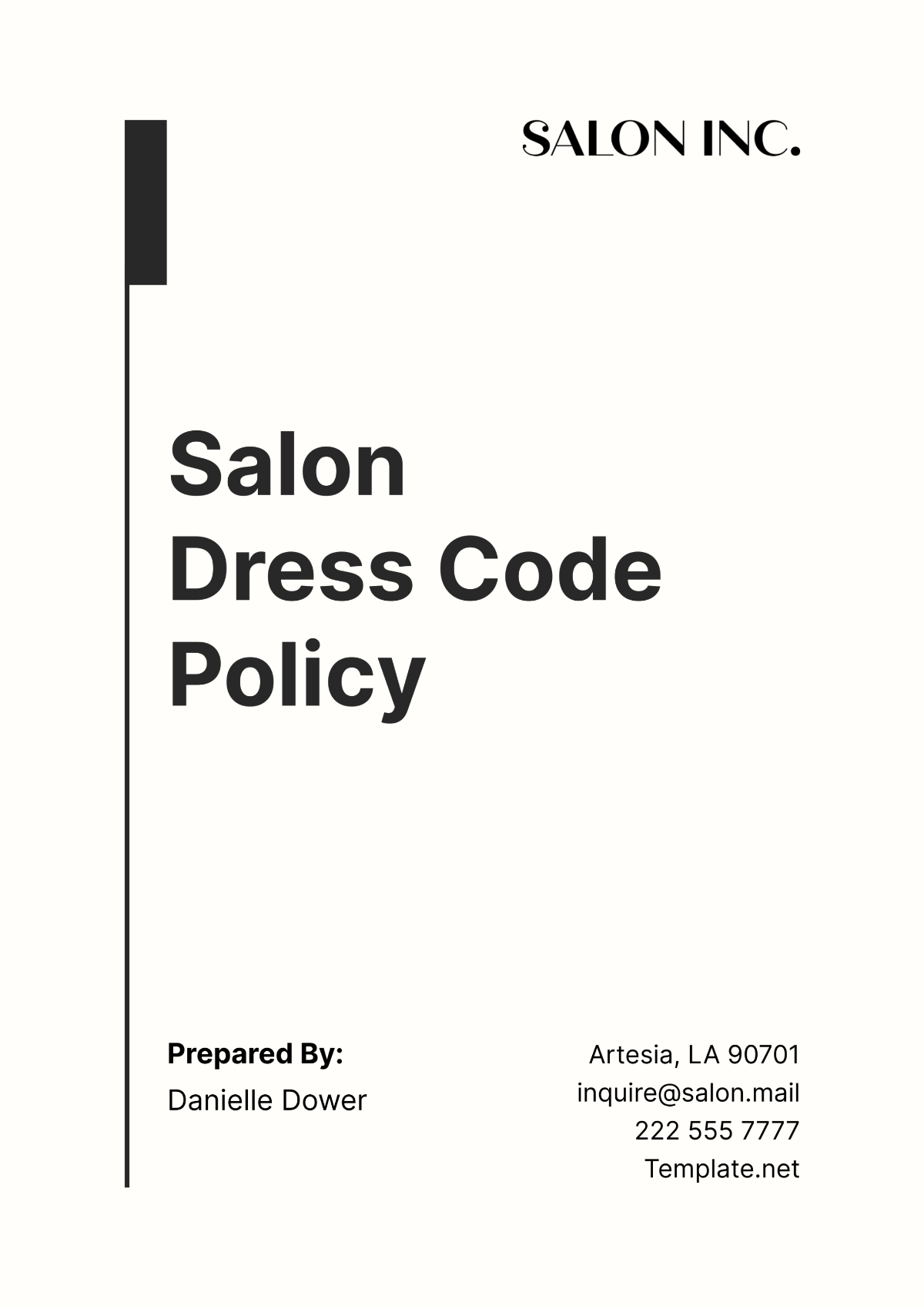
I. Introduction
A. Purpose
The purpose of this policy is to establish guidelines for appropriate attire and grooming standards for all employees of [Your Company Name]. By adhering to these guidelines, we aim to create a consistent and professional image for our salon while ensuring the comfort and satisfaction of our clients.
B. Scope
This dress code policy applies to all employees, including but not limited to front desk staff, stylists, estheticians, nail technicians, and spa therapists. It outlines expectations for clothing, footwear, jewelry, hair, makeup, and overall grooming standards.
II. General Dress Code Guidelines
A. Professional Attire
All employees are expected to dress in a manner that reflects professionalism and cleanliness. While specific uniform requirements may vary by department, the following general guidelines apply:
Department | Uniform Requirements |
|---|---|
Front Desk Staff | Company-branded shirt/blouse and professional pants/skirt |
Stylists | Salon-provided uniform or professional attire |
Estheticians | Salon-provided uniform or professional attire |
Nail Technicians | Salon-provided uniform or professional attire |
Spa Therapists | Salon-provided uniform or professional attire |
B. Footwear
Appropriate footwear is essential for safety and professionalism. All employees are required to wear closed-toe shoes that provide comfort and support during long shifts. Non-slip footwear is recommended for employees working in areas where water or chemicals are present.
Department | Footwear Requirements |
|---|---|
Front Desk Staff | Closed-toe shoes in neutral colors |
Stylists | Closed-toe shoes with non-slip soles |
Estheticians | Closed-toe shoes with non-slip soles |
Nail Technicians | Closed-toe shoes with non-slip soles |
Spa Therapists | Closed-toe shoes with non-slip soles |
C. Jewelry and Accessories
Employees should exercise discretion when wearing jewelry and accessories. Excessive or distracting jewelry should be avoided, and facial piercings should be subtle or removed during work hours. The following guidelines apply:
Type of Jewelry/Accessory | Guidelines |
|---|---|
Earrings | Small studs or hoops are permitted. Dangling earrings should be avoided. |
Necklaces | Subtle and professional necklaces are permitted. Statement necklaces should be avoided. |
Bracelets | Delicate bracelets are permitted. Excessive bracelets should be avoided. |
Rings | Limited to one ring per hand. Excessive rings should be avoided. |
Facial Piercings | Subtle or removed during work hours. |
D. Hair and Makeup
Employees are expected to maintain a neat and professional appearance with regard to their hair and makeup. Extreme hairstyles and colors may not be suitable for our salon environment. The following guidelines apply:
Hair | Guidelines |
|---|---|
Style | Neat and well-groomed hairstyles are encouraged. Extreme styles should be avoided. |
Color | Natural hair colors are preferred. Unnatural colors may be permitted with prior approval. |
Makeup | Subtle and natural makeup is encouraged. Heavy or dramatic makeup should be avoided. |
E. Hygiene Standards
Maintaining good personal hygiene is essential for all employees. Regular bathing, grooming, and use of deodorant are expected. Employees should also ensure that their clothing is clean and odor-free.
F. Branding and Image
Our dress code policy is designed to reflect the brand image and aesthetic of [Your Company Name]. Employees should present themselves in a manner that aligns with our salon's values and standards.
III. Specific Department Guidelines
A. Front Desk Staff
Front desk staff are often the first point of contact for clients, and therefore should present a professional and welcoming appearance. Uniform requirements may include:
Attire: Company-branded shirt/blouse and professional pants/skirt in neutral colors. The shirt/blouse should be clean, neatly pressed, and free of wrinkles or stains. Pants/skirt should be of appropriate length and fit, allowing for ease of movement.
Footwear: Closed-toe shoes in neutral colors are required for safety and professionalism. Shoes should be clean, well-maintained, and provide comfort for long periods of standing.
Accessories: Minimal and professional jewelry is permitted. Facial piercings should be subtle or removed during work hours. Watches and discreet bracelets are acceptable.
Hair and Makeup: Hair should be neatly styled and kept away from the face. Makeup should be natural and understated, enhancing the employee's features without being overly dramatic.
Hygiene: Employees should maintain good personal hygiene, including regular bathing, grooming, and use of deodorant. Nails should be clean and neatly trimmed.
B. Stylists
Stylists play a crucial role in creating the overall look and feel of our salon. They should present themselves in a manner that reflects their creativity and professionalism. Uniform requirements may include:
Attire: Salon-provided uniform or professional attire that allows for ease of movement and reflects the stylist's personal style within professional boundaries. Clothing should be clean, well-fitted, and free of wrinkles or stains.
Footwear: Closed-toe shoes with non-slip soles are required for safety and comfort. Shoes should be clean, well-maintained, and suitable for a fast-paced work environment.
Accessories: Stylish and tasteful jewelry is permitted, but excessive or distracting accessories should be avoided. Facial piercings should be subtle or removed during work hours.
Hair and Makeup: Hair should be styled in a manner that reflects the stylist's personality while maintaining a polished appearance. Makeup should be professional and complement the stylist's overall look.
Hygiene: Stylists should maintain good personal hygiene and grooming habits. Nails should be clean and well-maintained, as they are often in close proximity to clients.
C. Estheticians
Estheticians provide skincare and beauty services to our clients, and therefore should maintain a clean and polished appearance. Uniform requirements may include:
Attire: Salon-provided uniform or professional attire that allows for ease of movement and reflects the esthetician's expertise. Clothing should be clean, well-fitted, and appropriate for the services being provided.
Footwear: Closed-toe shoes with non-slip soles are required for safety and comfort. Shoes should be clean, well-maintained, and suitable for a salon environment.
Accessories: Minimal and professional jewelry is permitted, but excessive or dangling accessories should be avoided. Facial piercings should be subtle or removed during work hours.
Hair and Makeup: Hair should be styled in a manner that is professional and out of the way during treatments. Makeup should be natural and understated, allowing clients to focus on the esthetician's expertise.
Hygiene: Estheticians should maintain excellent personal hygiene, as they work in close proximity to clients. Nails should be clean, short, and free of polish to prevent contamination during treatments.
D. Nail Technicians
Nail technicians specialize in manicures and pedicures, and therefore should present a well-groomed appearance. Uniform requirements may include:
Attire: Salon-provided uniform or professional attire that allows for ease of movement and reflects the nail technician's expertise. Clothing should be clean, well-fitted, and appropriate for the services being provided.
Footwear: Closed-toe shoes with non-slip soles are required for safety and comfort. Shoes should be clean, well-maintained, and suitable for a salon environment.
Accessories: Minimal and professional jewelry is permitted, but excessive or dangling accessories should be avoided. Facial piercings should be subtle or removed during work hours.
Hair and Makeup: Hair should be styled in a manner that is professional and out of the way during treatments. Makeup should be natural and understated, allowing clients to focus on the nail technician's work.
Hygiene: Nail technicians should maintain excellent personal hygiene, as they work in close proximity to clients. Nails should be clean, short, and free of polish to prevent contamination during treatments.
E. Spa Therapists
Spa therapists provide a range of relaxation and wellness services, and therefore should create a tranquil and inviting atmosphere. Uniform requirements may include:
Attire: Salon-provided uniform or professional attire that allows for ease of movement and reflects the spa therapist's expertise. Clothing should be clean, well-fitted, and appropriate for the services being provided.
Footwear: Closed-toe shoes with non-slip soles are required for safety and comfort. Shoes should be clean, well-maintained, and suitable for a spa environment.
Accessories: Minimal and professional jewelry is permitted, but excessive or dangling accessories should be avoided. Facial piercings should be subtle or removed during work hours.
Hair and Makeup: Hair should be styled in a manner that is professional and out of the way during treatments. Makeup should be natural and understated, allowing clients to focus on the spa therapist's work.
Hygiene: Spa therapists should maintain excellent personal hygiene, as they work in close proximity to clients. Nails should be clean, short, and free of polish to prevent contamination during treatments.
IV. Enforcement and Disciplinary Actions
A. Compliance
All employees are expected to comply fully with the dress code policy outlined in this document. Compliance includes adhering to the guidelines for attire, grooming standards, and overall professional appearance. Supervisors and managers are responsible for ensuring that employees understand and follow the dress code policy.
B. Violations
Violations of the dress code policy may include, but are not limited to, the following:
Attire Violations: Failure to wear appropriate attire as specified in the dress code policy, including uniform requirements and professional clothing standards.
Grooming Violations: Failure to maintain appropriate grooming standards, such as unkempt hair, excessive makeup, or poor personal hygiene.
Footwear Violations: Failure to wear appropriate footwear, including closed-toe shoes with non-slip soles as required for safety and professionalism.
Accessory Violations: Wearing excessive or inappropriate jewelry/accessories, including facial piercings that are not subtle or removed during work hours.
Hair Violations: Extreme hairstyles or colors that do not align with the salon's professional image and aesthetic.
Hygiene Violations: Poor personal hygiene, including body odor, unclean clothing, or visibly dirty nails.
C. Disciplinary Actions
Disciplinary actions for dress code violations will be determined on a case-by-case basis, taking into account the severity of the violation and the employee's past record. The following steps outline the disciplinary process:
Verbal Warning: For minor or first-time violations, the employee will receive a verbal warning from their supervisor or manager. During this conversation, the employee will be reminded of the dress code policy and the importance of compliance.
Written Warning: If the violation persists or if the offense is more serious, the employee will receive a written warning. This written warning will outline the specific violation, the expected corrective action, and the consequences of further violations.
Probation: In cases of repeated violations or more serious offenses, the employee may be placed on probation. During this time, the employee's adherence to the dress code policy will be closely monitored, and further violations may result in more severe disciplinary action.
Suspension: In cases of continued non-compliance or egregious violations, the employee may be suspended from work for a specified period. During this time, the employee will be required to reflect on their behavior and make a commitment to adhere to the dress code policy upon their return.
Termination: If the employee fails to correct their behavior despite previous warnings and disciplinary measures, termination of employment may be necessary. Termination will be considered as a last resort and will be conducted in accordance with company policies and procedures.
V. Conclusion
At [Your Company Name], we believe that maintaining a professional appearance is essential to providing exceptional service to our clients. By adhering to the guidelines outlined in this dress code policy, we ensure that our salon maintains a consistent and welcoming atmosphere for all who enter our doors. Thank you for your commitment to upholding our standards of excellence.
- 100% Customizable, free editor
- Access 1 Million+ Templates, photo’s & graphics
- Download or share as a template
- Click and replace photos, graphics, text, backgrounds
- Resize, crop, AI write & more
- Access advanced editor
Maintain professionalism and consistency in your salon with Template.net's Salon Dress Code Policy Template. Editable in our AI Editor Tool, this customizable template offers a structured format for establishing guidelines on appropriate attire for salon staff. Enhance the salon's image and promote consistency in appearance with a clear and concise dress code policy!
You may also like
- HR Policy
- Restaurant Policy
- Company Policy
- Accounting Policies and Procedures
- Website Policy
- Privacy Policy
- Safety Policy
- School Policy
- IT and Software Policy
- Law Firm Policy
- Construction Policy
- Interior Design Policy
- Travel Agency Policy
- Education Academic Policy
- Security Policy
- Real Estate Policy
- Expense Policy
- Software Policy
